The documentary, An Unknown Country, tells the story of European Jews who escaped Nazi persecution to find refuge in an unlikely destination: Ecuador. Emmy winner and director Eva Zelig — herself one of the children born in Ecuador to exiles who had effected a perilous escape and made the difficult adjustment to a country they knew little about — has compiled testimony and archival material into a 90-minute independent film. It has been selected to be screened at the Ecuadorian Film Festival in New York City June 20.
AL DÍA caught up with Zelig for a Q & A shortly after the film's screening at The Theater for the New City's annual Lower East Side Festival for the Arts in New York City.
AL DIA: What prompted you to make this project?
Zelig: In 2010 I learned about a website called Jews of Ecuador, intended to be a repository of memories to bring together the community of Jews whose families found refuge in Ecuador after fleeing Nazi persecution in Europe. Anyone with a connection to Jewish life in Ecuador can submit personal recollections, photos, memorabilia, and documents. Since I was born in Ecuador, where my family also found asylum after fleeing Nazi occupied Czechoslovakia, I was acquainted with this exile community, but didn't know their stories in depth.
As I read recollections in the website, I realized that here was a wealth of stories never told in a documentary. That's when I was inspired to produce this film. At the same time I learned that a group of children of the refugee community born in Ecuador, but who went to live abroad at an early age, was planning a reunion in Ecuador. I decided to travel with them, shoot the reunion and interview them as well as some of those who remained in Ecuador, and later, those in the U.S.
How long did it take to make? Was tracking down interviews the most difficult part?
Production of the film took almost five years — two of those spent on research and shooting, the rest on fund raising, editing and post-production. I devoted a lot of time and effort to raising funds. That was the hardest part as the project's completion depended on substantial funding. Tracking down interviews wasn’t difficult because of many leads from members of Ecuador's Jewish community and those now living in the U.S.
One of the more difficult aspects of the process was deciding which of those stories would make it to the final version of the film. The challenge was to create a balance between stories of persecution and escape, and those of arrival in Ecuador and the struggle to survive, to make new lives in a new land. It was tough.
The aim was for the film to be about the country that offered them refuge as much as about the exile experience. The stories exiles told about how they lost all their rights, possessions, and family at the hands of the Nazis, and their heartbreaking efforts to find a country that would give them asylum are fascinating, but couldn’t be dealt with fully in a documentary about the Ecuador experience. I had to discard some absorbing narratives of the European experience to concentrate on the bigger picture.
Another big challenge was the process of gathering archival images, family photos, and vintage documents. It required time, persistence, and ingenuity.

Did the folks who ended up in Ecuador know anything about it before moving there? Do you have a sense of what they thought before and immediately after?
The majority of the refugees who managed to obtain visas to Ecuador had no idea what the country was like. Even if they wanted information about it, they had trouble finding it. Ecuador was a small South American republic barely known at the time. Some of the exiles said it was like going to the moon. For them it was an exotic, unfamiliar land. That's why I titled the film, An Unknown Country.
Many were frightened by the idea of going to such a remote, unknown land. After their arrival, they found Ecuador to be completely different from what they knew in Europe — a poor country with no infrastructure, few resources and a totally different way of life. Many of the exiles had difficulty adjusting and struggled to build new lives while holding onto elements of their European culture.
Do you think most folks depicted always felt like Europeans in Ecuador?
Most of the exiles continued to feel European in Ecuador. Life there was so different at the time, the cultural divide was great, and many continued to feel they were exiles. Ecuador was not a country that absorbed large numbers of immigrants, so the refugees stood out. Ecuadorians were friendly and welcoming, but called all foreigners gringos. Even the kids of refugees, who were born in Ecuador, were often called gringos. So, many of them too, did not feel they truly belonged in the country of their birth.
We were a group apart and often identified with Europe and the U.S. more than with Ecuador. My interviews confirmed this: most children of refugees invariably described themselves as "citizens of the world." I, too, had always described myself that way despite having been born in Ecuador.

Did you discover information that surprised you?
One surprising element is that the refugees could get visas to Ecuador only if they worked in industry or agriculture. Therefore, these exiles who came mostly from urban settings, had to work in farming, which for most was very difficult. Some even farmed in the Amazonian jungle. Many who tried farming failed, either from inexperience, severe hardships, or poor yields. Even making a fresh start in the cities was not so simple. Until 1944, when the law was repealed, they still had to get official approval to work in fields other than industry or farming. I was surprised as well to learn that some exiles became peddlers, selling merchandise door to door. I also learned that the refugee community made important contributions to the economic, scientific, artistic, and cultural life of their host country.
Another surprising discovery was that the archives of Ecuador's Ministry of Foreign Affairs preserve many records of Jewish exile to Ecuador. It was there I discovered that Ecuador's consuls in Europe had the power of life and death and that some had risked their positions to save lives.
Did most of the families eventually leave Ecuador? Did any remain?
Many refugees thought of Ecuador as a stepping-stone until they got visas to go elsewhere. But those who stayed embraced the country and love it to this day. The Jewish community declined after the war. For many, life continued to be difficult, which is why they decided to depart.
Many families had been torn apart by the war and wanted to reunite, which was another reason to leave. Those who had the means would send their children to study in the United States and later joined them there to keep the family together. And even if their children wanted to return to Ecuador, career opportunities then were meager. Also, as the Jewish community dwindled, there were hardly any Jews to marry in Ecuador. The Jews of Ecuador today are upwardly mobile. Many have a strong Jewish identity, but are more rooted in local culture--many through intermarriage with non-Jewish Ecuadorians.
Tell me a little about the actual production and post-production of the film
Once I took the first steps, shooting the reunion in Ecuador, I began to look for ways to raise funds. Up to that point, it had been a labor of love, paying all expenses out of my pocket. At the same time, I continued to produce programs as a freelancer for WNET/Thirteen, New York's PBS TV station.
I teamed up with Terence Taylor, a colleague at Thirteen, and in late 2011 we cut a trailer for a fund raising campaign on Kickstarter, the crowd funding website, that exceeded our goal. That was just enough to get us started. Producing a feature length documentary can be costly, and additional funds were raised as work progressed. I was lucky to have the support of the Ecuadorian Jewish community and other generous donors.
Terence signed on as a producer and editor, and we started shaping the narrative to see what was missing. The following year I went back to Ecuador for additional shooting, and we continued what was a two-year journey of structuring the story and refining the narrative. The first cut was three hours long, and it took much of the last year to bring it down to ninety minutes.
While we edited the video footage, I gathered archival footage and photos from everyone I had interviewed. Pictures were scanned at high resolution, and many restored with great new digital graphic tools. It was amazing to see two or three inch wide photos, faded and decades old, turn into full screen landscapes we brought to life. Stephen Graziano’s wonderful score, and local music of Ecuador, were the last elements we needed to successfully tell the story.
Tell me about the screenings, and will this be in limited distribution afterwards?
The work of an independent documentary filmmaker never ends when the film is completed. Our next phase entails finding distribution and submitting the film to countless film festivals. The aim is to create new audiences and secure wide distribution in the U.S. and abroad.
The first public screening took place early in 2015 at the Leo Baeck Institute/Center for Jewish History in New York City. Even though it was a snowy night, more than 300 people attended. In fact, another viewing area had to be opened up once the main auditorium filled to capacity.
Audience reactions were very emotional. Many of those who attended said they were greatly moved and those who had a connection to the Ecuadorian saga felt the film was their legacy and an important historical document of that community and that moment in history. Soon after, the film was shown to the Jewish community of Quito, Ecuador to an audience of 350. The reaction was equally emotional and positive.
Another screening took place in the city of Cuenca, Ecuador, organized by the university of Cuenca. The film was also screened on opening night of a film series about human rights at a major museum in Cuenca, and in New York at the Lower East Side Festival of the Arts. I’m proud to announce that the Ecuadorian Film Festival in New York, which beginsJune 17, has also selected my film. The screening will take place Saturday, June 20 at Tribeca Cinemas in New York City.
So, we’re getting it out there.... [It has been] exhausting, but in the end well worth it. I began what for me was a personal journey, to tell the story of my community, how it began and developed. From the audience reaction we’ve had at screenings and festivals, I now realize it became a larger, more universal story of emigration, perseverance, and survival, echoed in current events. These people went through experiences many are repeating today. I hope the film fulfills a vital mission in capturing and preserving the stories of those who witnessed and endured one of the most harrowing periods of the 20th century. Recording the stories of their past, giving them shape, has helped me, and I think others, to better understand many aspects of the world today.
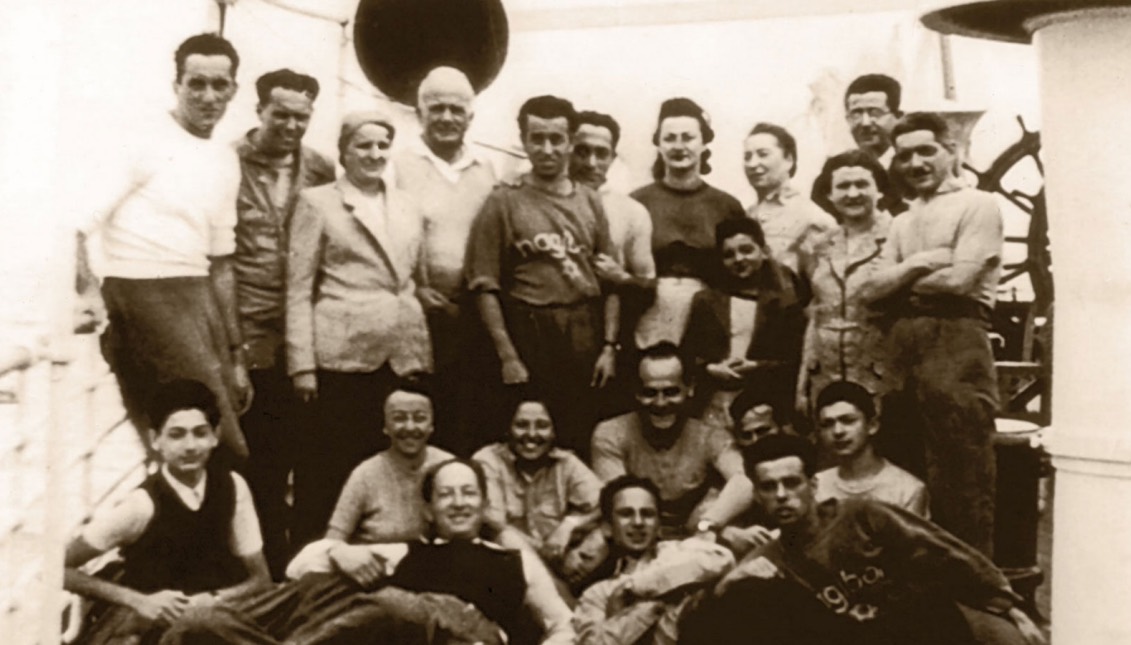





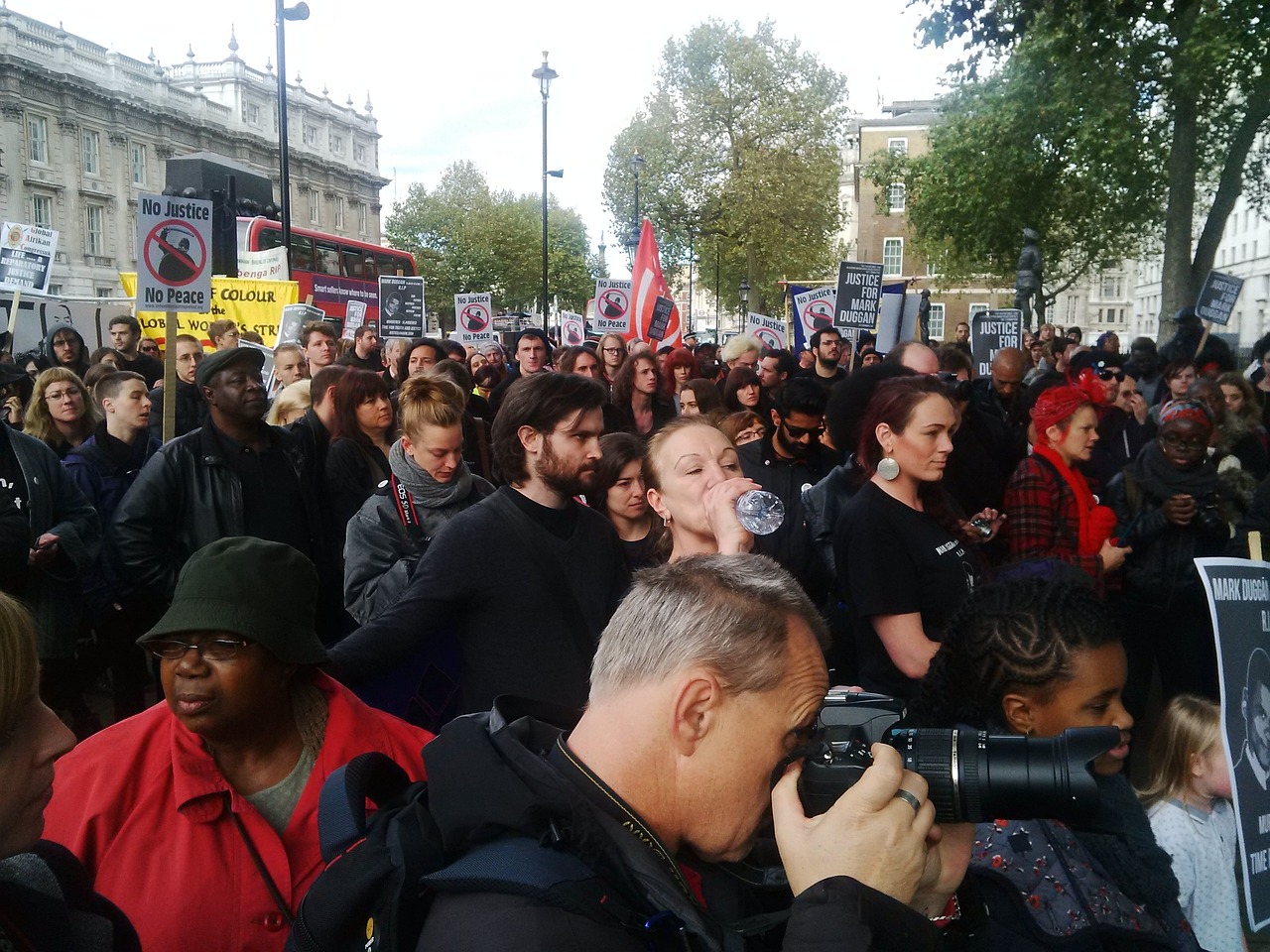
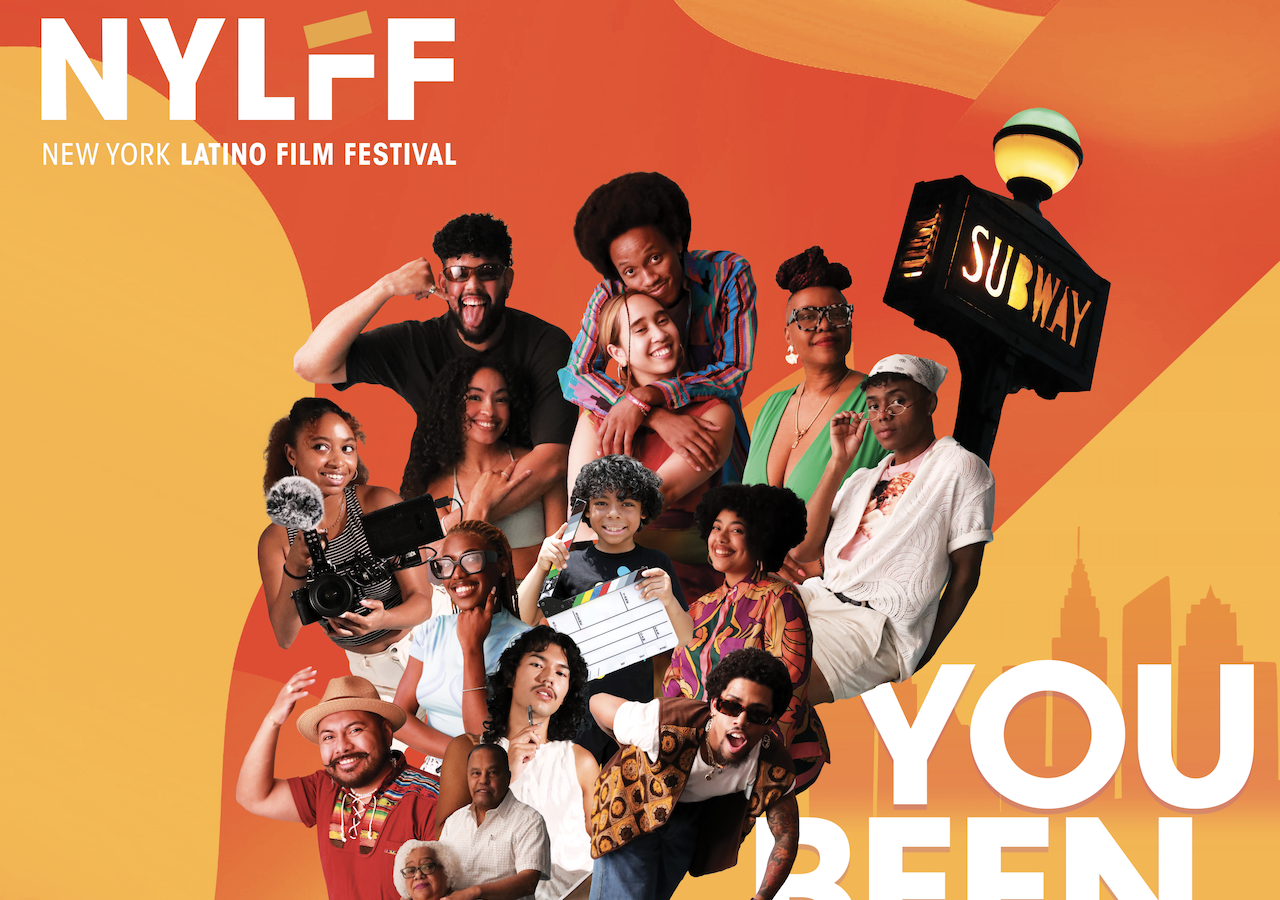
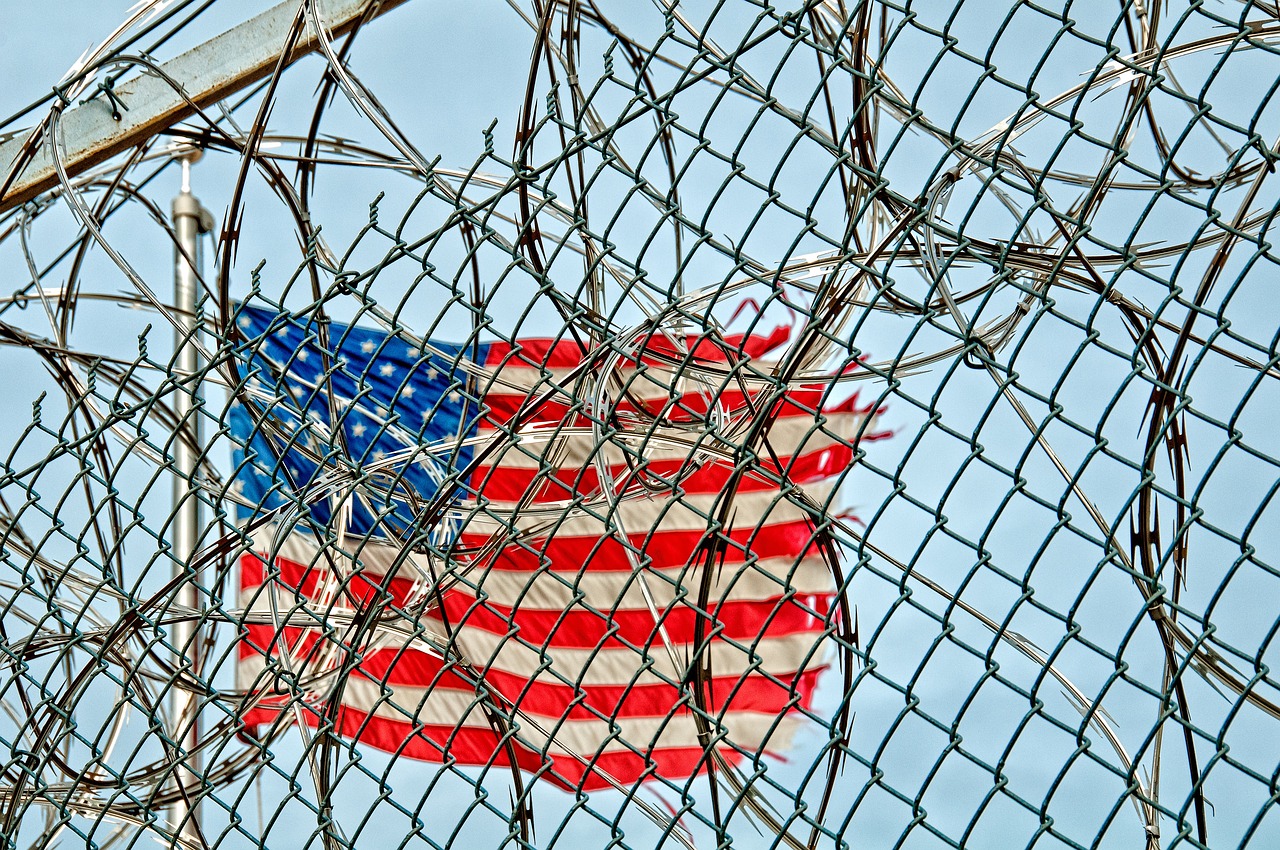
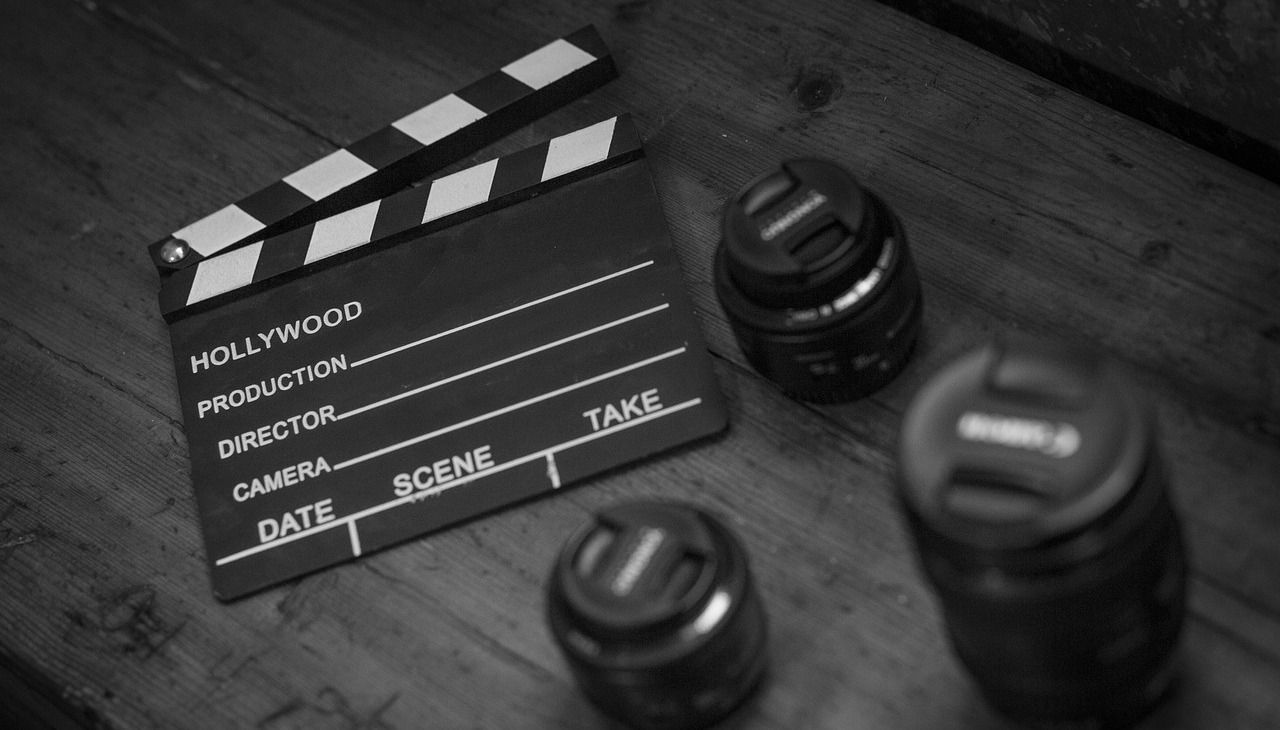
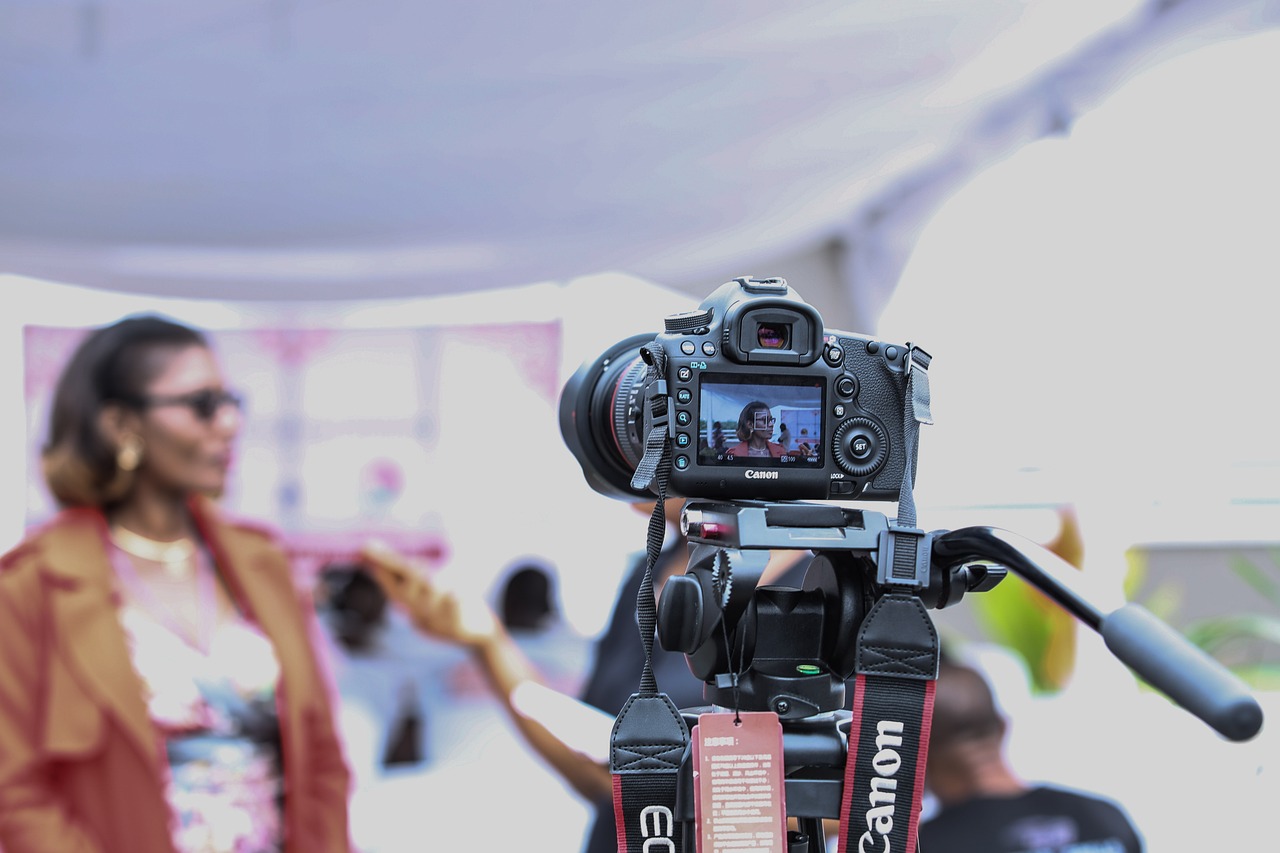
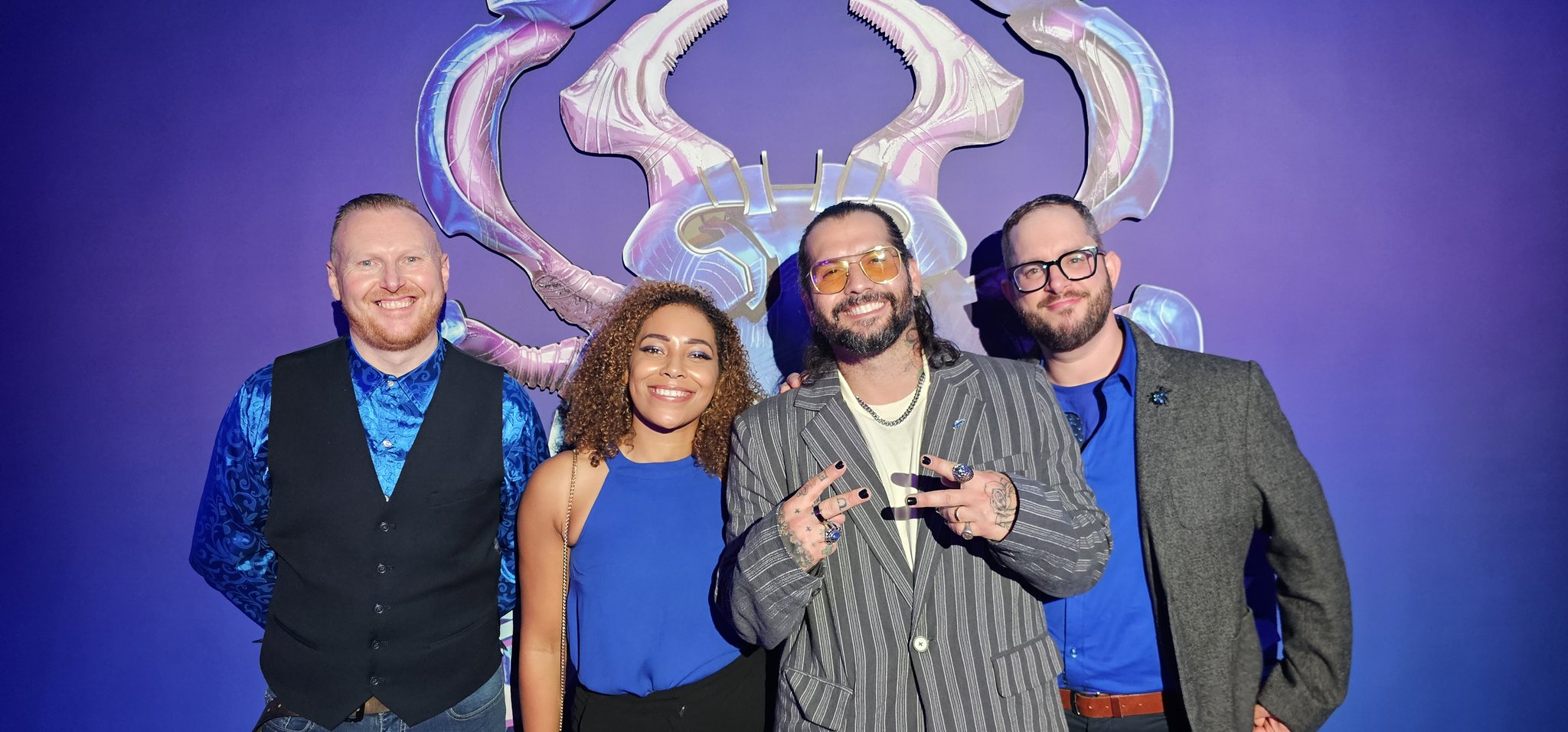
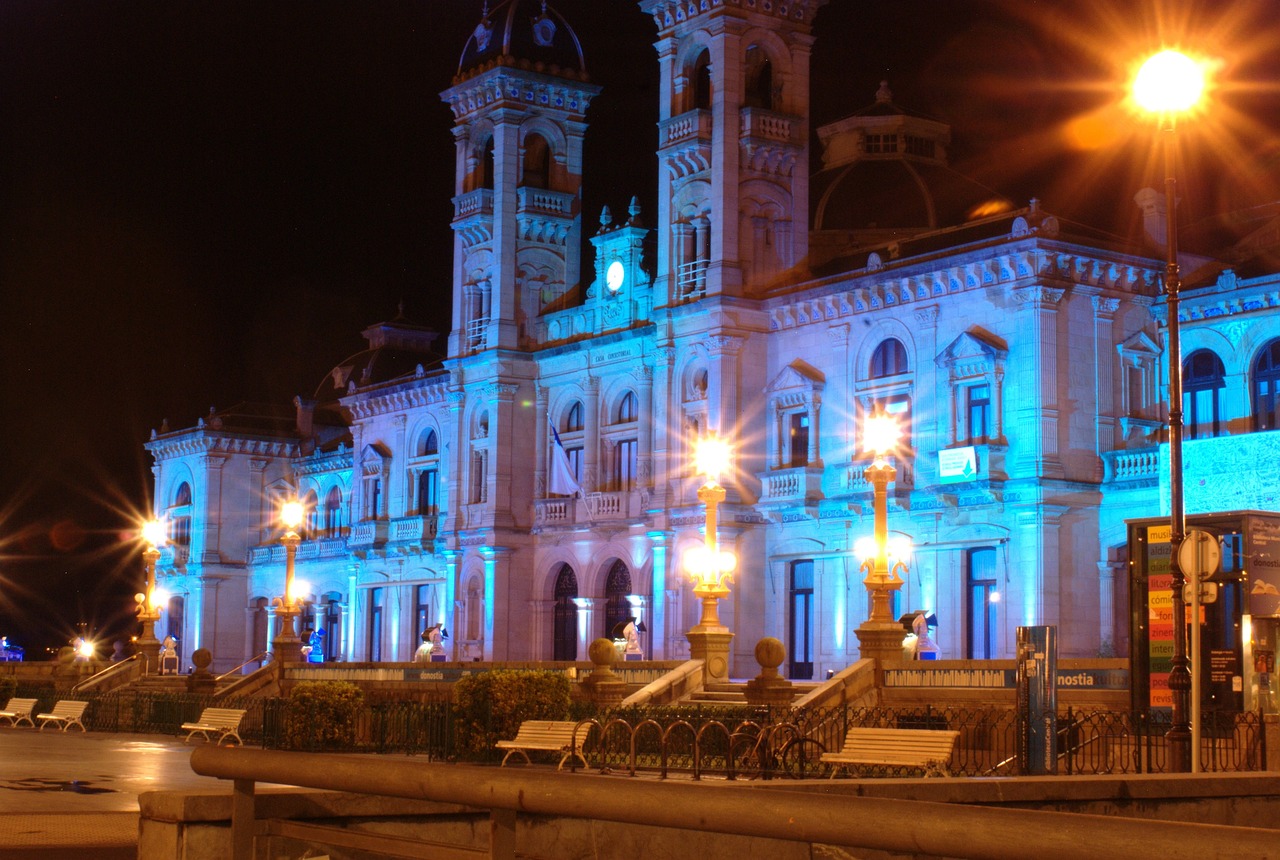

LEAVE A COMMENT:
Join the discussion! Leave a comment.